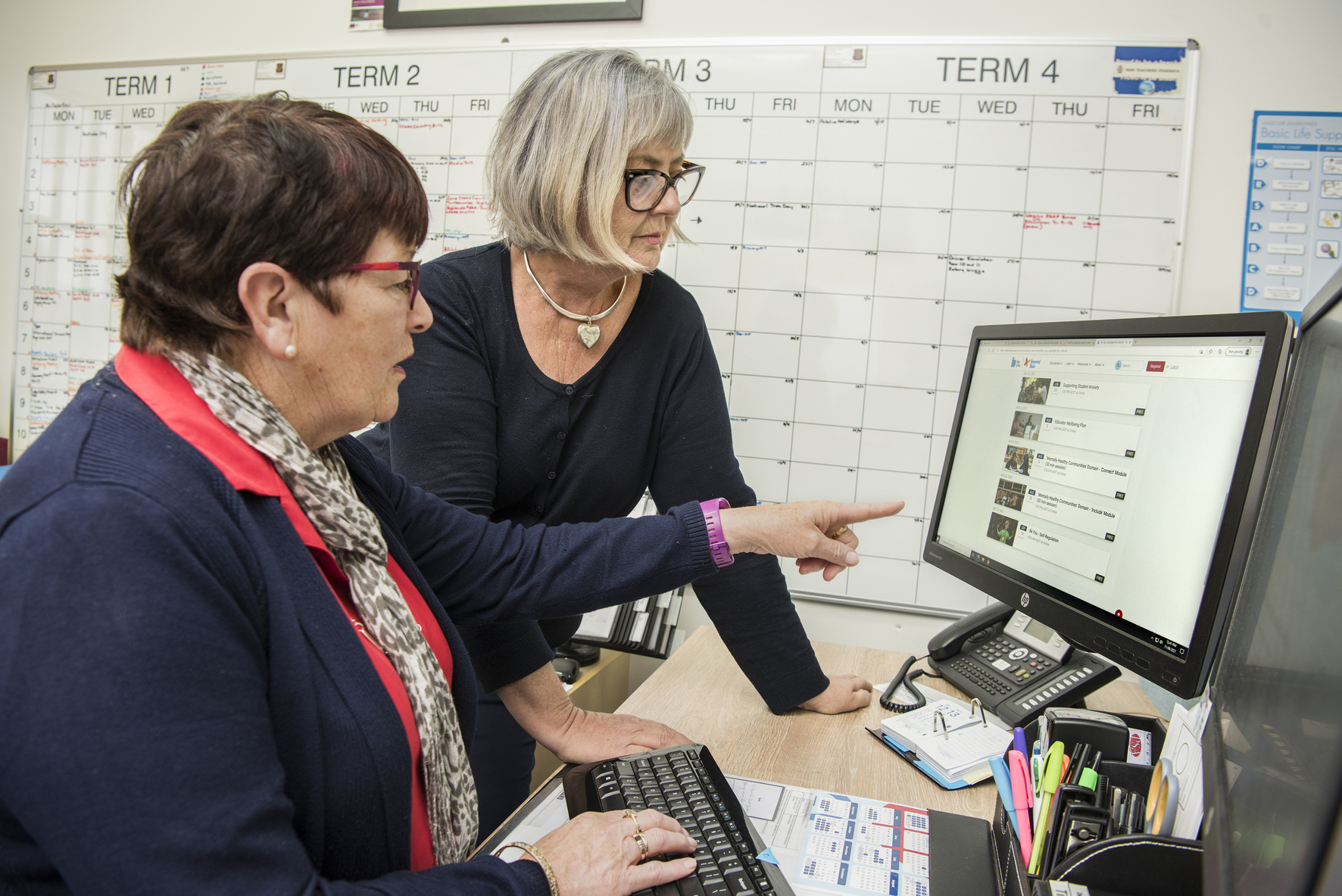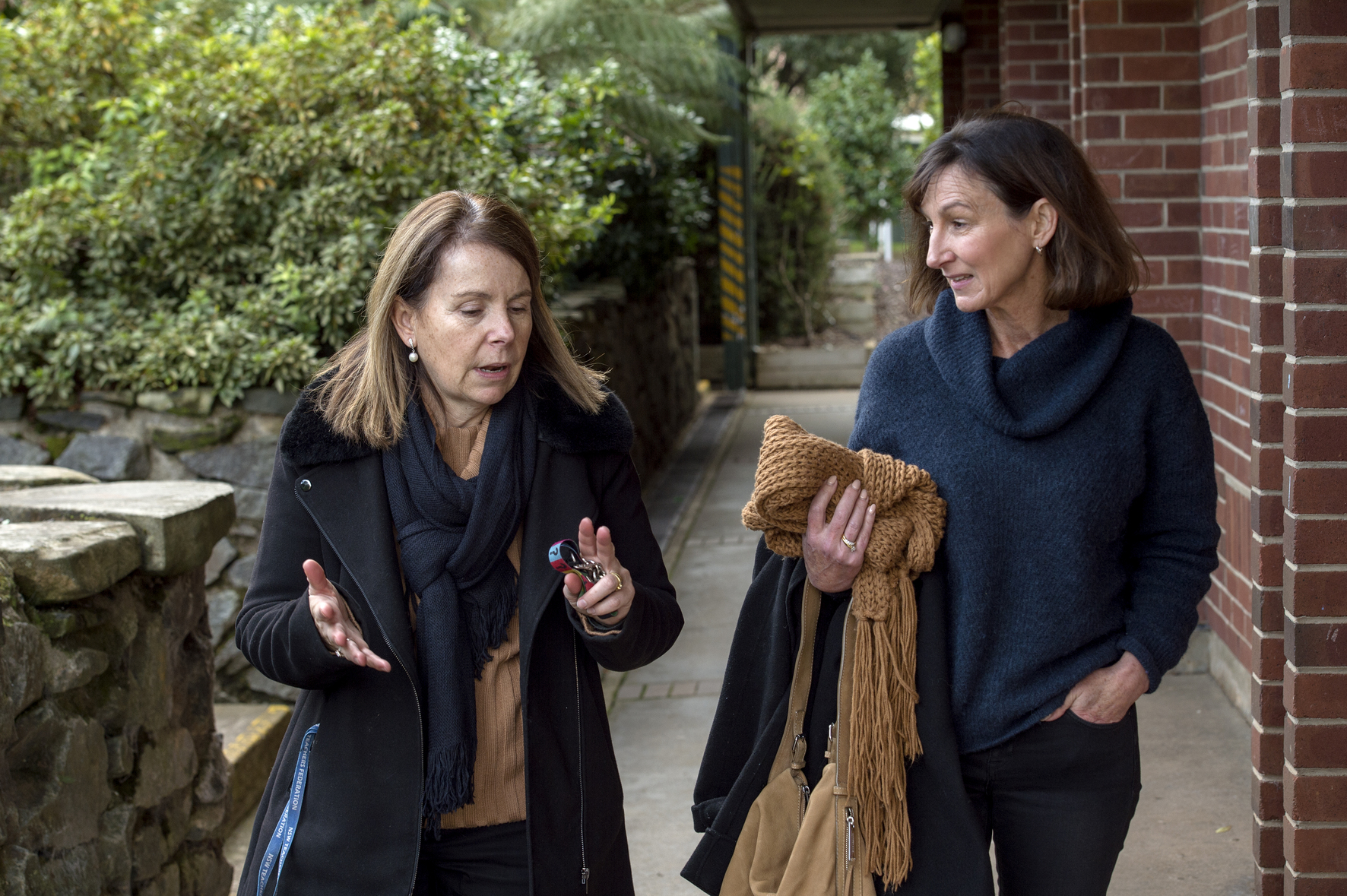
School leaders need to keep front of mind how they will prepare, review and develop plans for responding to natural disasters such as bushfires.
It’s important to prepare yourself, your colleagues and the children and young people in your care well ahead of time.
A whole of community approach, including encouraging children and young people to actively participate in preparedness activities, can provide them with a sense of control, and an opportunity to answer questions they may have about natural disasters.
Even if children and young people are not at school when the natural disaster occurs, educating them on how to prepare for and respond to natural disasters can assist them in managing their emotions both at school and at home (or on holidays).
In a Be You webinar on preparing learning communities for the bushfire season, Briony Towers, a Research Fellow at the Centre for Urban Research at RMIT, spoke about bushfire anxiety, how to involve children in planning and communicating evacuation plans, and why understanding what steps to take can be empowering for children.
Talking about her experience with Strathewen Primary School, she said:
“"Children learned that there are signs and signals in the environment that they can read, to know where the level of risk is at on different days, and that's hugely empowering for children."”

Be You Consultant Renae Pettit, provides support to Batlow Technology School principal Michelle Wainwright.
Five reflection questions
Preparedness will help your learning community build resilience when responding to a natural disaster or overwhelming event.
To help your learning community prepare for natural disasters, consider asking yourself these five key reflective questions:
1. Does your induction for new teachers, children and young people cover preparedness for a natural disaster?
Everyone in your learning community should be familiar with the steps to take in the lead up to, during and following a natural disaster. This can help to keep your community safe, minimise uncertainty and build community cohesion in the midst of a natural disaster.
2. How confident are staff in noticing changes in behaviour among children and young people as we approach the natural disaster season?
The Be You BETLS Observation Tool is a useful template for staff to record their observations about a student’s behaviours, emotions, and thoughts. It prompts staff to take note of when, where, how often and for how long a student is showing a particular behaviour or emotion, and to track this over time.
3. What social and emotional learning programs are in place to promote resilience?
These programs often help children and young people to build emotional literacy, coping skills and resilience which will aid them through a traumatic event and into recovery.
4. Have you considered the benefits of therapeutic storytelling in preparedness?
Children and young people could experience anxiety, fear, sadness, anger, or myriad other emotions in the lead up to the natural disaster season. Therapeutic storytelling is an effective way to help them process their emotions in a safe and containing environment. Complete the Be You Therapeutic storytelling module to learn more about how you can utilise the power of stories safely to support children and young people before a natural disaster.
5. How are you empowering children and young people with the skills, knowledge and confidence to prepare for the natural disaster season?
Recognising the power of the student voice is important in both a primary and high school setting. Involving children and young people in decisions that affect them can help to foster a greater sense of purpose and connectedness and increases feelings of safety and confidence.
Mental health impacts of natural disasters
Be You recognises the mental health impacts that natural disasters, pandemics and other traumatic events have on communities, and the role of learning communities in supporting resilience and recovery.
Contact your Be You Consultant to learn more about the Responding Together module.
Explore further
Correct at time of publication.